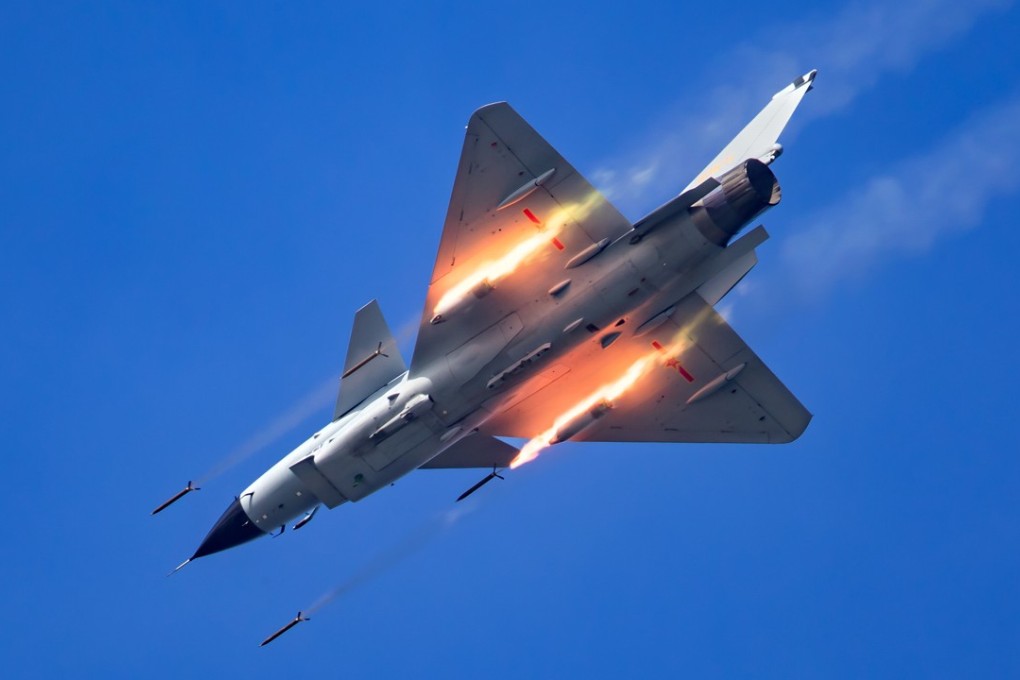China to send strategic bombers, fighter jets for war games in Russia
H-6Ks – used for patrols around South China Sea and Taiwan Strait – among Chinese aircraft taking part in international drills this month

China’s air force will send strategic bombers, fighter jets and transport aircraft to take part in war games in Russia this month, as Beijing tries to boost defence ties with Moscow.
Among the Chinese military aircraft at the International Army Games on July 28 will be H-6K bombers, which have carried out patrols around the South China Sea and Taiwan Strait.
Belarus, Azerbaijan, Kazakhstan, Armenia and Iran will also join the exercises.
It is the first time the strategic bombers and Y-9 transport aircraft, which has a range of around 7,800km, will participate in overseas war games, a spokesman for the PLA Air Force said on Thursday.
The bombers have also been deployed for encirclement exercises around Taiwan in a move seen as sending a warning to the pro-independence groups of the self-ruled island.